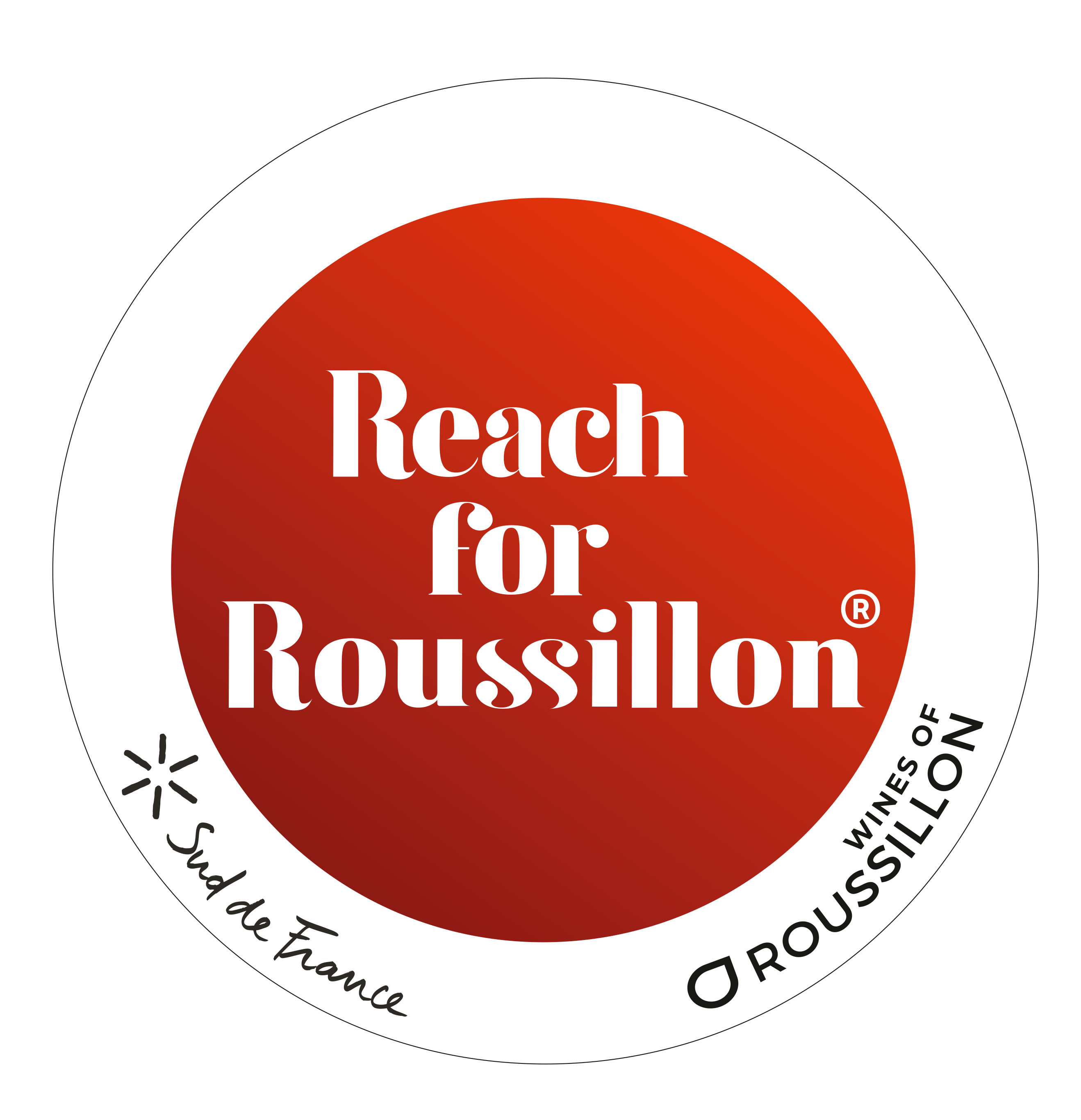The Renaissance of Roussillon: Why Roussillon Deserves a Place on Every Wine List
Top UK sommelier, Vincenzo Arnese, on how Roussillon brings incredible value and excitement to a restaurant’s wine list.
Nestled between the Pyrenees and the Mediterranean, Roussillon offers wines with remarkable character, versatility, and value, showcasing an incredible array of styles that encompass white, rosé, red, and fortified sweet wines.
Despite being strongly associated with Languedoc, Roussillon has a distinct heritage and background of viticulture. This small yet intricate region can offer an incredible solution for modern sommeliers who are constantly challenged to look for unknown gems and pristine quality in their wine selection. The wines of Roussillon present an opportunity that can help shape the future wine list in restaurants looking to differentiate and increase their value wines.
Roussillon is often overlooked or considered forgotten among wine regions. It is seen by some as peripheral compared to Bordeaux, Burgundy, Rhône, and others due to always being included in the wider Languedoc block and located at the bottom of the French offering because of the north-to-south listing approach that the majority of wine lists use.
Restaurant wine lists have to shake this approach, challenging the classic vision and, where possible, creating and highlighting sections in their menus. The benefits lie in the opportunities that the appellation provides. In fact, this unique location offers a warm, sunny climate with diverse soils ranging from schist and granite to limestone, which greatly influence the character of the wines.
The region is known for its robust reds dominated by Grenache, Carignan, and Mourvèdre, but it also produces elegant whites and rosés.
The majority of the premium red wines come from the Côtes du Roussillon Villages AOP, located in the north of Côtes du Roussillon, where four communes and one specific terroir can be added to the appellation’s name (Latour-de-France, Caramany, Lesquerde, Tautavel and Les Aspres). Here, ambitious producers discover a wealth of old vine plantings, trim yields, and rediscover the once denigrated Carignan grape, crafting wines that are approachable upon release and can age well for a decade. These are wines that can play a role as crowd pleasers and as pairing companions for rich and strong dishes. Winemakers like Gérard Gauby (Domaine Gauby) and Hervé Bizeul (Domaine du Clos des Fées) showcase wines with the right structure and elegance, wines that have the right to be present on any wine list.
Since 2011, producers have had the option of releasing dry red wines under the Maury AOP, and this opportunity was taken by some of the most influential and historical producers, such as Olivier Decelle of Mas Amiel, and newcomers like Justin Howard-Sneyd MW of Domaine of the Bee, who helped reshape the name of the appellation and increase the market exposure of this region.
Roussillon has always been known for red wines, yet nowadays a new wave of innovative white wines has been raised by Benoît and Sébastien Danjou-Banessy (Domaine Danjou-Banessy) and Marjorie Gallet (Domaine le Roc des Anges). Wines made from Grenache Blanc, Grenache Gris, Macabeu, Vermentino, and Roussanne can surprise with their adaptability and flexibility to pair with food. They can differ in style, ranging from more fruit driven and phenolic examples to more substantial, rich, and oaky styles. When produced seriously, these wines could be adopted as alternatives for by-the-glass programs, providing a challenge to classic Burgundian Chardonnay.
Additionally, the region is famous for fortified sweet wines (Vins Doux naturels aka VDN), impressively, 80 to 90% of France’s VDN are made here, a true guarantee of the quality produced in these appellations.
These wines offer restaurant guests the unique opportunity to taste extraordinary aged Vins Doux Naturels, made using the fortification method (mutage), at very competitive prices. They are ideal for inclusion in by-the-glass selections or wine pairing flights, bringing uniqueness, character, and depth, often through older vintages, to create value in the offering without compromising cost. Sweet and youthful wines made from the Muscat varieties and labeled Muscat de Rivesaltes AOP provide a playful, aromatic, and fresh style that pairs beautifully with citrusy and refreshing desserts. The Maury AOP can come in handy for pairing chocolate and creamy desserts with red fortified wines made from Grenache Noir, Blanc, and Gris.
Rivesaltes AOP offers a myriad of fortified wine styles ranging from reductive aging (Grenat) to oxidative ageing (Ambré and Tuilé). Great value can be found in the “Hors d’Age” category, where the wine may receive up to 20 years of aging prior to release and can surprise anyone in a wine flight with its extraordinary complexity and vibrancy.
When curating a Roussillon wine list, it is important to consider your restaurant’s concept and guest base. The numerous talented winemakers of the region are shaping a new wave of wines that allow adventurous sommeliers to balance traditional approaches with more innovative and modern ones. These producers are creating some of the most appealing and complex wines, showcasing lesser-known grape varieties and providing great quality at competitive prices, making them ideal for restaurants looking to differentiate their wine lists. The spotlight is also on producers who emphasize sustainable or organic practices, which are increasingly important to consumers and can play an important role in promoting the region.
The diversity of styles, the array of grape varieties, and the competitive value will have a positive impact on the establishment of Roussillon as a key region and can play a pivotal role in shaping the future of restaurant wine lists.





